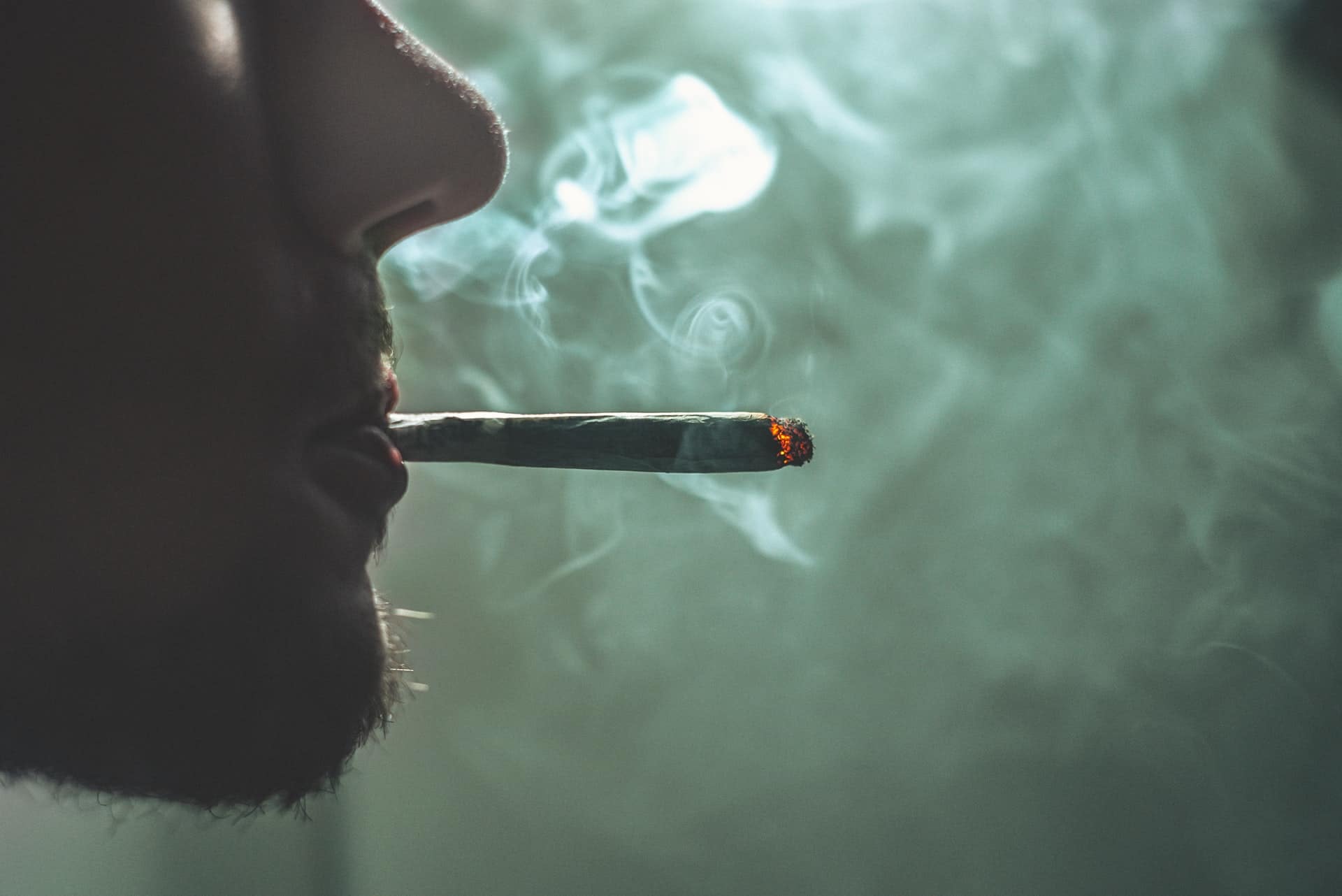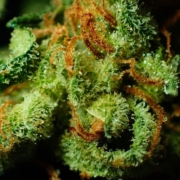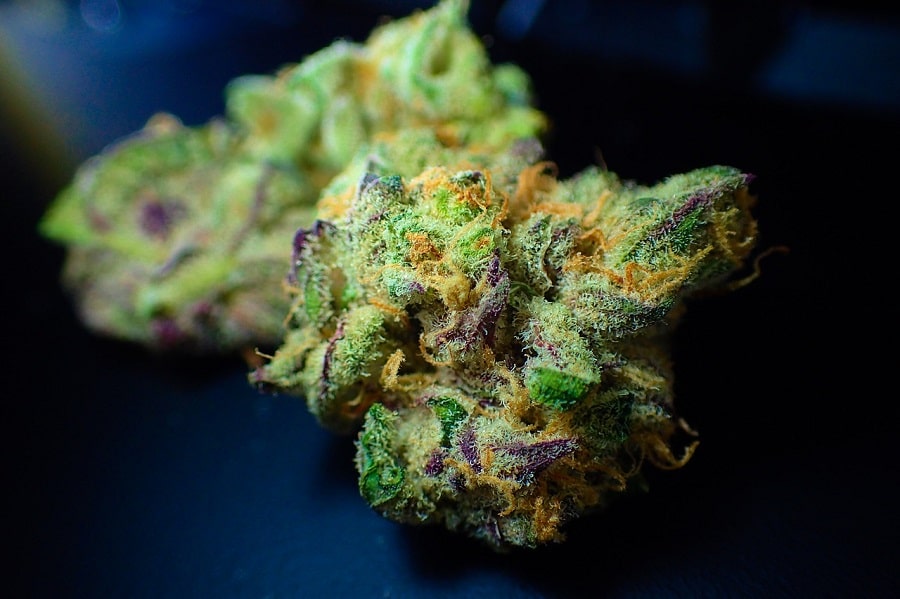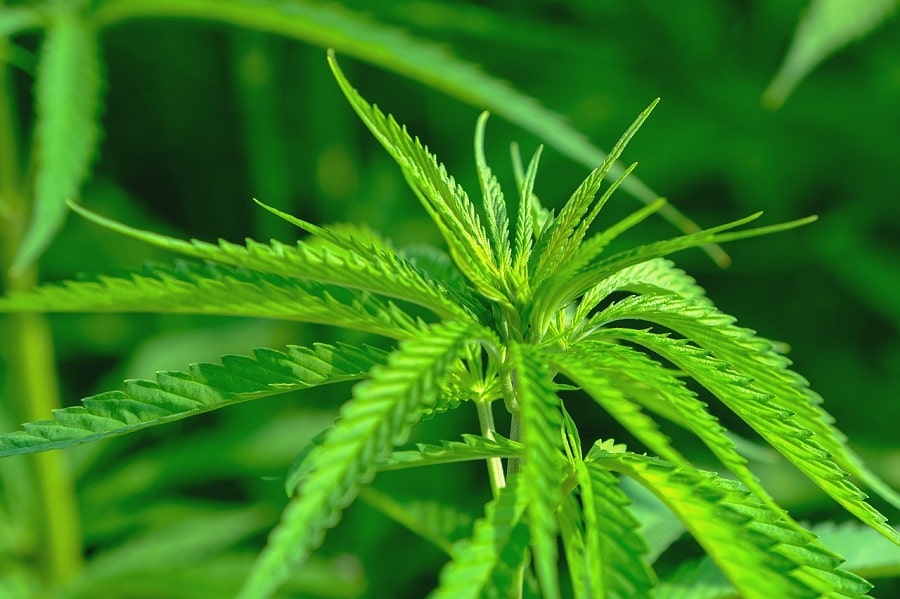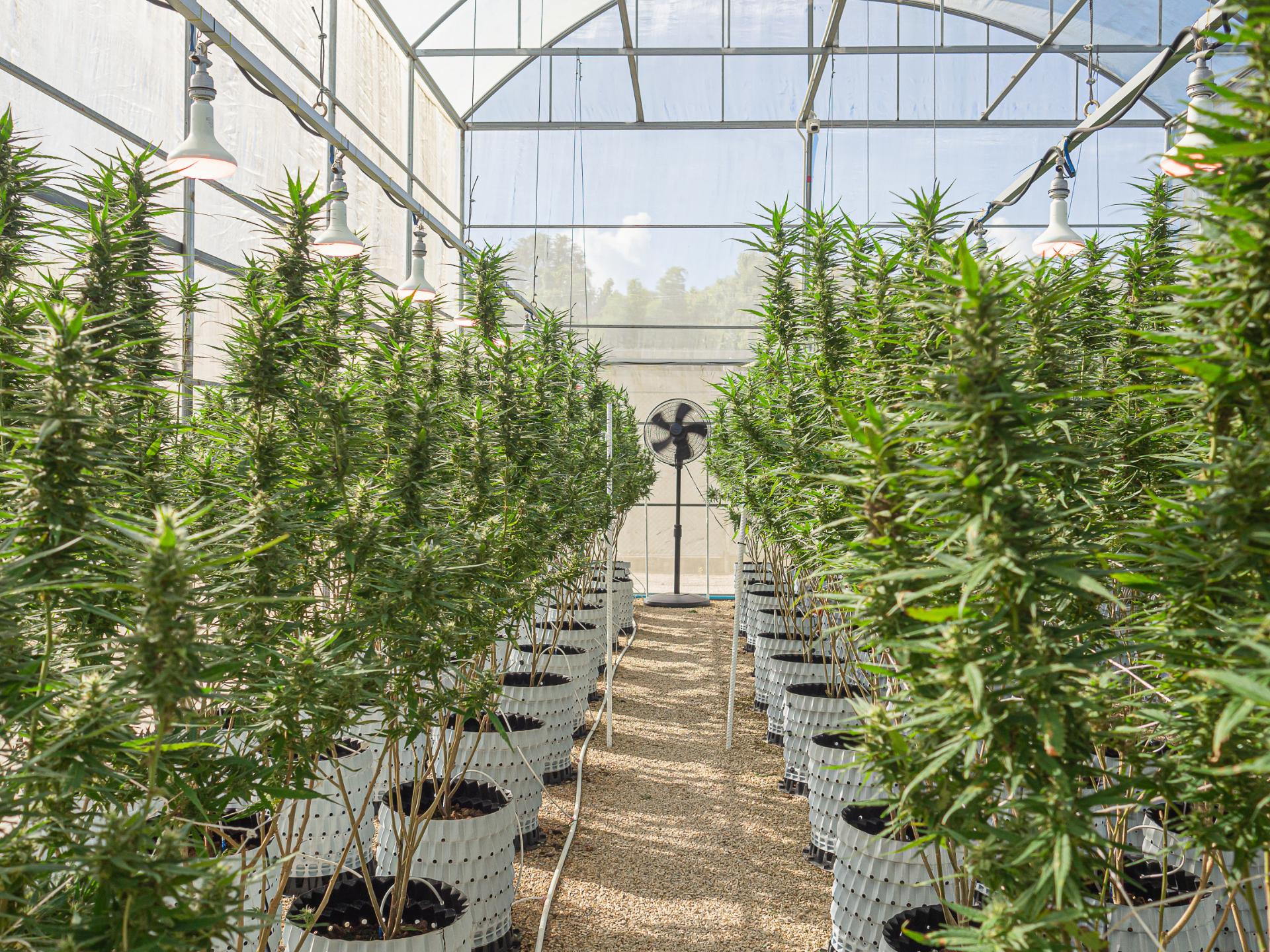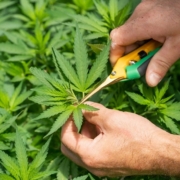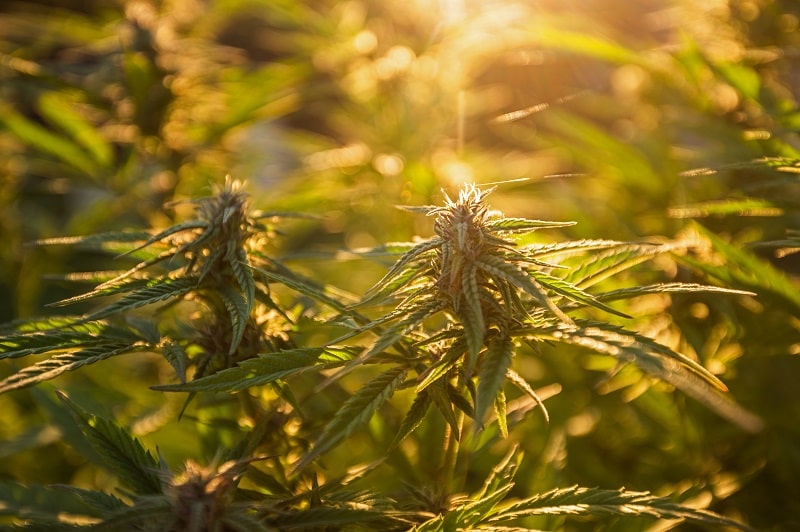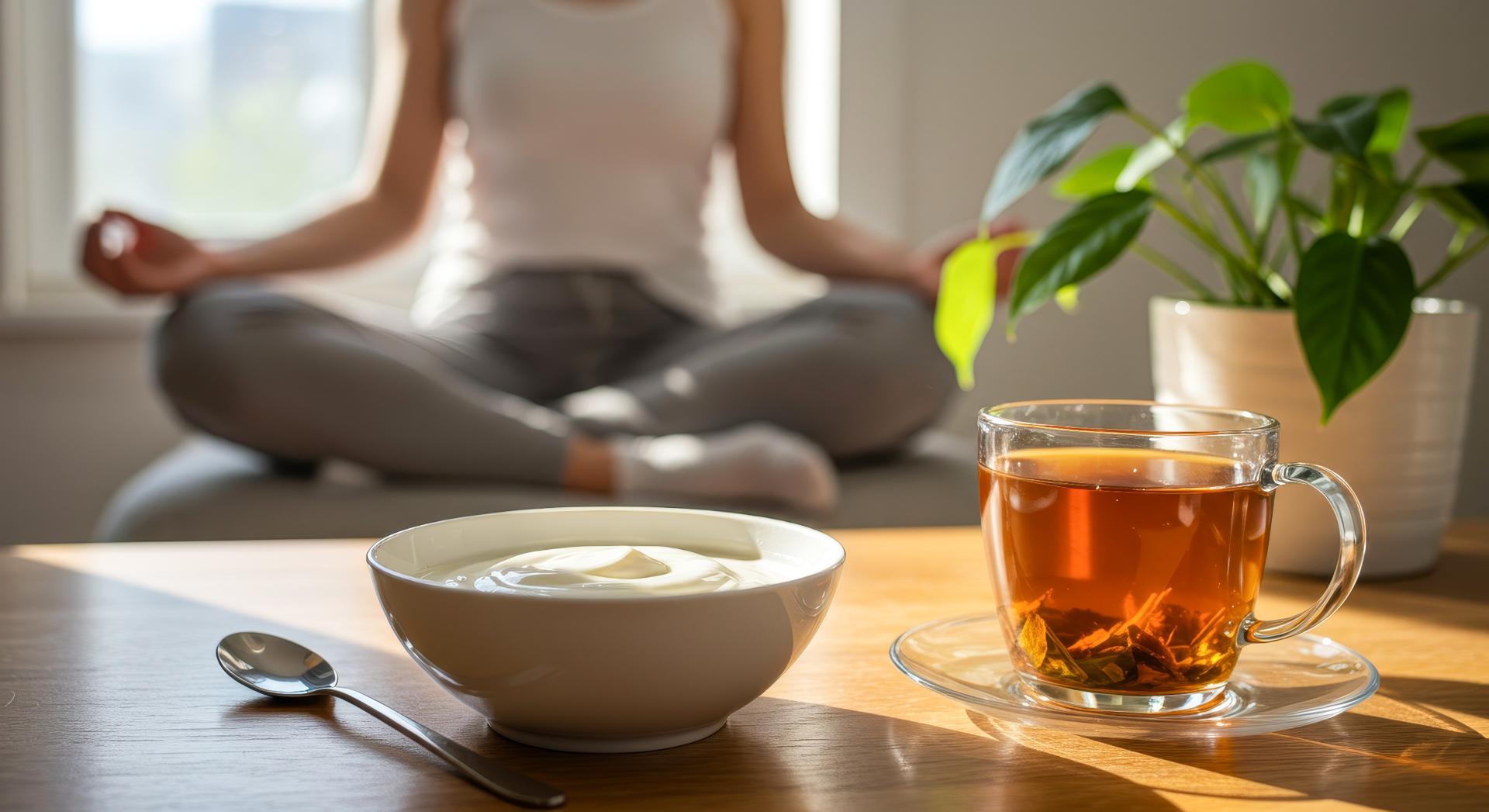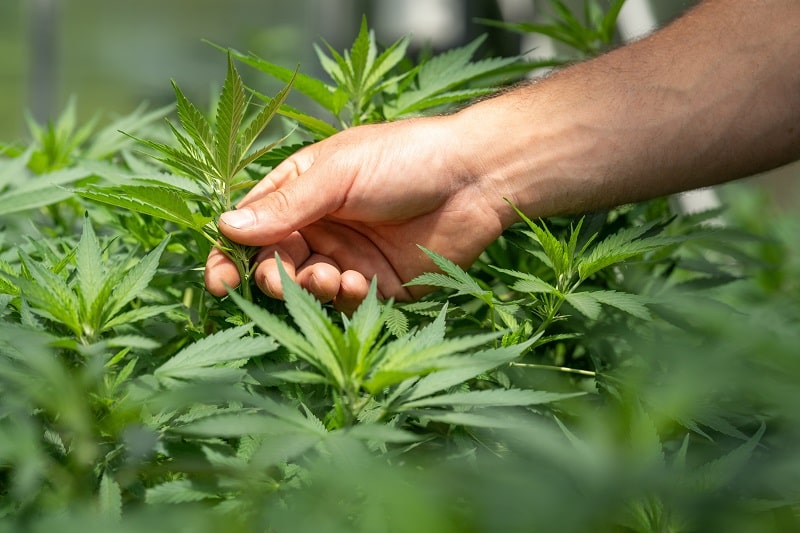Exploring Cannabis Concentrates: A Comprehensive Guide
If you’ve seen words like “shatter,” “wax,” or “live resin” and wondered what they mean, you’re not alone. Cannabis concentrates can look confusing at first, but they’re simply potent forms of cannabis designed for stronger effects in smaller doses. Once you know the basics, they’re easier to enjoy safely and responsibly.
What Are Cannabis Concentrates?
To make things easy, let’s break this down to the simplest definition possible: what are cannabis concentrates? Simply put, cannabis concentrates are products made by isolating the best parts of the cannabis plant (cannabinoids and cannabis terpenes) and removing the excess plant matter from which those cannabinoids and terpenes were derived. This results in a highly potent resinous substance capable of producing high potency in extremely small amounts.
There are many different types of cannabis concentrates available, ranging from oils, waxes, and crystalline-type products. Also, some may appear as a smooth, sticky product while others appear to be glass-like and even crumbly.
Difference Between a Concentrate and an Extract
It’s quite common to hear people refer to cannabis concentrate and extract as the same thing or use the two terms interchangeably. However, there is a slight difference between the two.
To put it simply, extracts are a type of concentrate made in a specific way. Extracts are always made with the help of solvents, while other types of concentrates can be made using solventless methods. In other words, every extract is a concentrate, but not every concentrate can be classed as an extract.
How Are Concentrates Made?
Cannabis products can be concentrated through the trichomes, the sticky crystal coating of cannabis flowers, where cannabinoids and terpenes are extracted. There are two primary cannabis concentrate methods: solvent-based and solventless extraction.
Solvent-based extraction uses CO2, ethanol, or butane to dissolve the plant resin for removal and subsequent purification/evaporation. Solventless extraction utilizes pressure and temperature to force the resin to leave the plant material or hash.
The type of extraction process has a direct effect on the purity, flavor, and potency of the final product. Solventless options often appeal to consumers who prefer their cannabis extracted naturally and have a cleaner taste.
Solvent vs. Solventless
Here’s a quick breakdown of the two main categories:
- Solvent-Based Concentrates: Created with butane, propane, or CO₂. These include products like shatter, wax, and live resin. They often capture more of the plant’s original flavor and aroma.
- Solventless Concentrates: Made without chemicals, using heat, water, or pressure. Examples include hash, rosin, and kief. These concentrates are popular among those who value purity and natural extraction.
Both methods produce high-quality results; your choice depends on what experience and flavor profile you prefer.
Types of Cannabis Concentrates
There are many different types of cannabis concentrate products. Since each type has its own characteristics as to texture, strength and effects, you may be able to find a cannabis concentrates chart to help determine which ones have similar characteristics.
In addition, here is a brief overview of some of the most common types of cannabis concentrates.
Shatter
Shatter is a glass-like (translucent) cannabis concentrate that is relatively weak in terms of handling (breaks easily) but is very potent.
Wax
Wax is a softer and stickier cannabis concentrate product than shatter. It is also much easier to handle than shatter and is great to use when you have a dab rig.
Live Resin
Live resin is made by extracting cannabinoids and terpenes from fresh/frozen cannabis plant material. This allows it to preserve the natural terpene and flavor profiles of the plant.
The aroma and potency of live resin are often described as bold and robust.
Rosin
Rosin is a solventless cannabis concentrate created through the process of applying heat and pressure to dried cannabis flowers or trim. It is known for having a smooth and clean tasting experience.
Crumble
Crumble is a dry and brittle cannabis concentrate product that is high in cannabinoids.
Oil Cartridges
Oil cartridges are pre-loaded oil containers used for vaporizing cannabis oils. These cartridges are convenient to use as well as are portable.
Some users prefer the aromas of live resin; others prefer the natural, clean-tasting flavors of rosin.
Potency & Dosing: How Strong Are Cannabis Concentrates?
Cannabis concentrates are extremely strong. The amount of THC in flowers typically ranges from 15-25%, while some cannabis concentrates contain as much as 60-90% THC. That’s why you’ll want to be sure to dose correctly.
Use small amounts (the size of a grain of rice) and allow yourself time to feel the effects before you use more. It is always better to add small amounts at a time until you have reached your desired effect rather than consuming too much.
How to Consume Cannabis Concentrates
There are several ways to consume cannabis concentrates. Each method changes how fast and strong the effects feel.
Dabbing
One of the most commonly used methods of consuming concentrates is by using a dab rig. Dabbing is a method that uses a heated surface (nail or banger) to melt a small portion of concentrate. Once melted, the user inhales the resulting vapor.
The effects of dabbing are typically immediate and intense.
Smoking
You can add a small dab of concentrate to your regular flower in a pipe or joint to enhance potency and flavor. It’s a simple way to elevate your smoking experience.
Vaping
The use of portable vaporizers or dab pens makes it easy to consume concentrates discreetly. Vaporizers heat the concentrates to a temperature lower than other methods of consumption and preserve the terpenes and flavor of the original plant material.
Edibles
Some concentrates, especially oils, can be infused into foods or drinks. Because they’re metabolized through digestion, effects take longer to appear but last longer too.
Topicals
Some concentrates are mixed into topical items such as creams and ointments to provide localized relief. Topical products do not create a “high”, but rather they provide anti-inflammatory relief and help to relieve pain and discomfort associated with muscles and joints.
Tinctures
Tinctures are liquid extracts of the concentrate that are absorbed directly into the bloodstream when placed under the user’s tongue. Tinctures allow the user to have complete control of the dose of concentrate being administered and are a great option for those looking for this level of precision.
Note: Wondering “what is a dab pen?” It’s a small vaporizer for heating cannabis concentrates like wax or shatter.
Safety Tips and Responsible Use of Cannabis Concentrates
Since cannabis concentrates 101 products are extremely potent, safety considerations become an issue. The following are some suggestions that will help in maintaining control of your experience:
- Start low and go slow with dosing.
- Avoid making your own extracts by using open flames; use a commercial concentrate.
- Keep concentrates stored in a cooler, darker environment to preserve the potency and terpenes of the concentrate.
- Keep yourself hydrated and take breaks.
- Store all cannabis products out of reach of children and pets.
Consult a local Portland dispensary or contact us to learn about selecting the right concentrates based on your desired level of comfort.
Cannabis concentrates offer a potent, flavorful, and convenient method of using cannabis. There are numerous varieties of cannabis concentrates (shatter, live resin, wax, and rosin), which will fit your preferences and experience levels.
As you learn to use and dose these products correctly, you’ll be able to get the most out of them safely. Don’t rush into trying new ones; take your time to find products from reputable companies.
Ian Baker handles content marketing at Happy Leaf Portland. There are 5 years that he is deeply involved in the cannabis field. He had 3 years of experience as a Budtender and thanks to his desire to achieve more, he has a career move. Currently he works as a content manager.


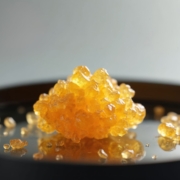
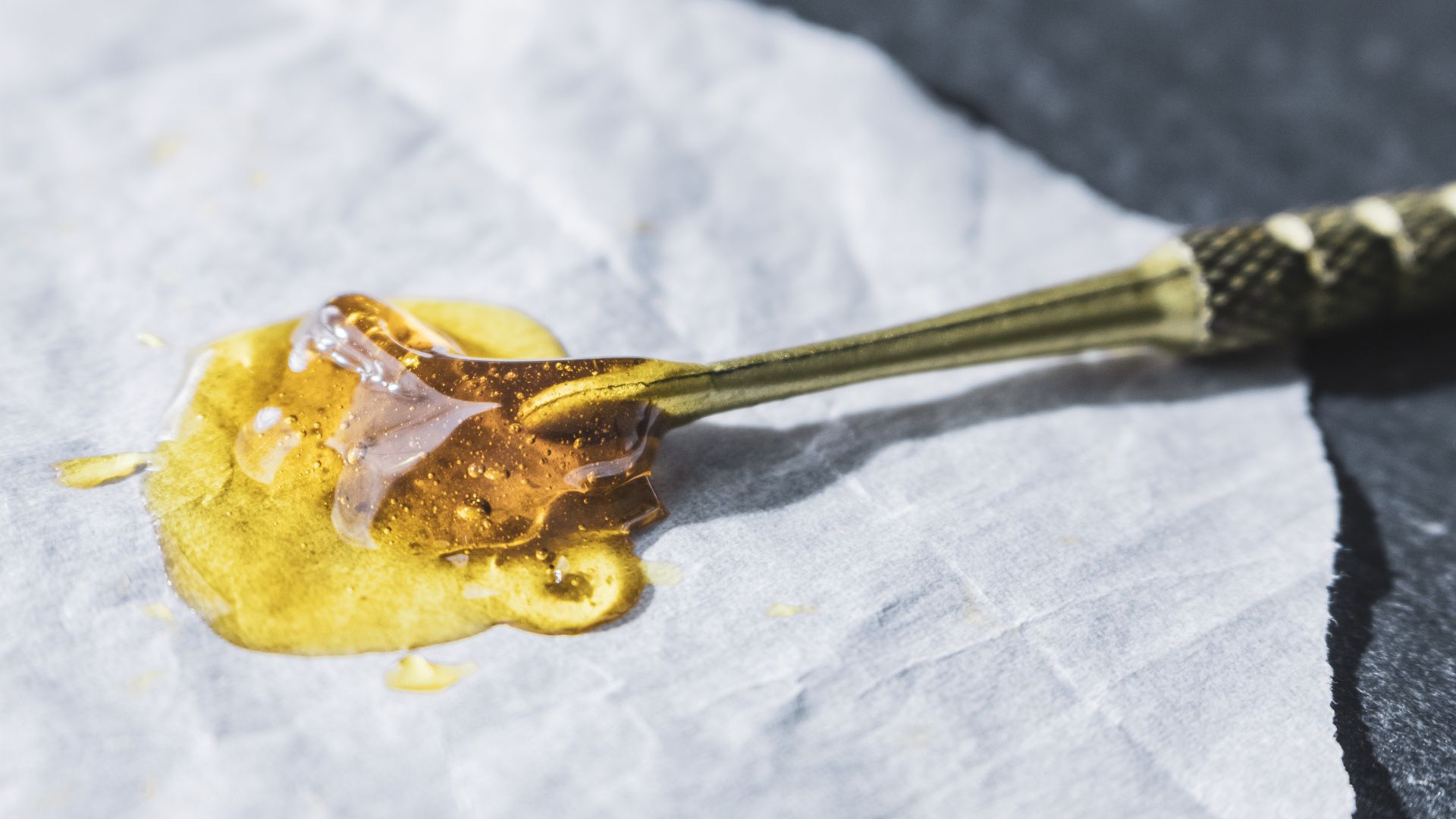

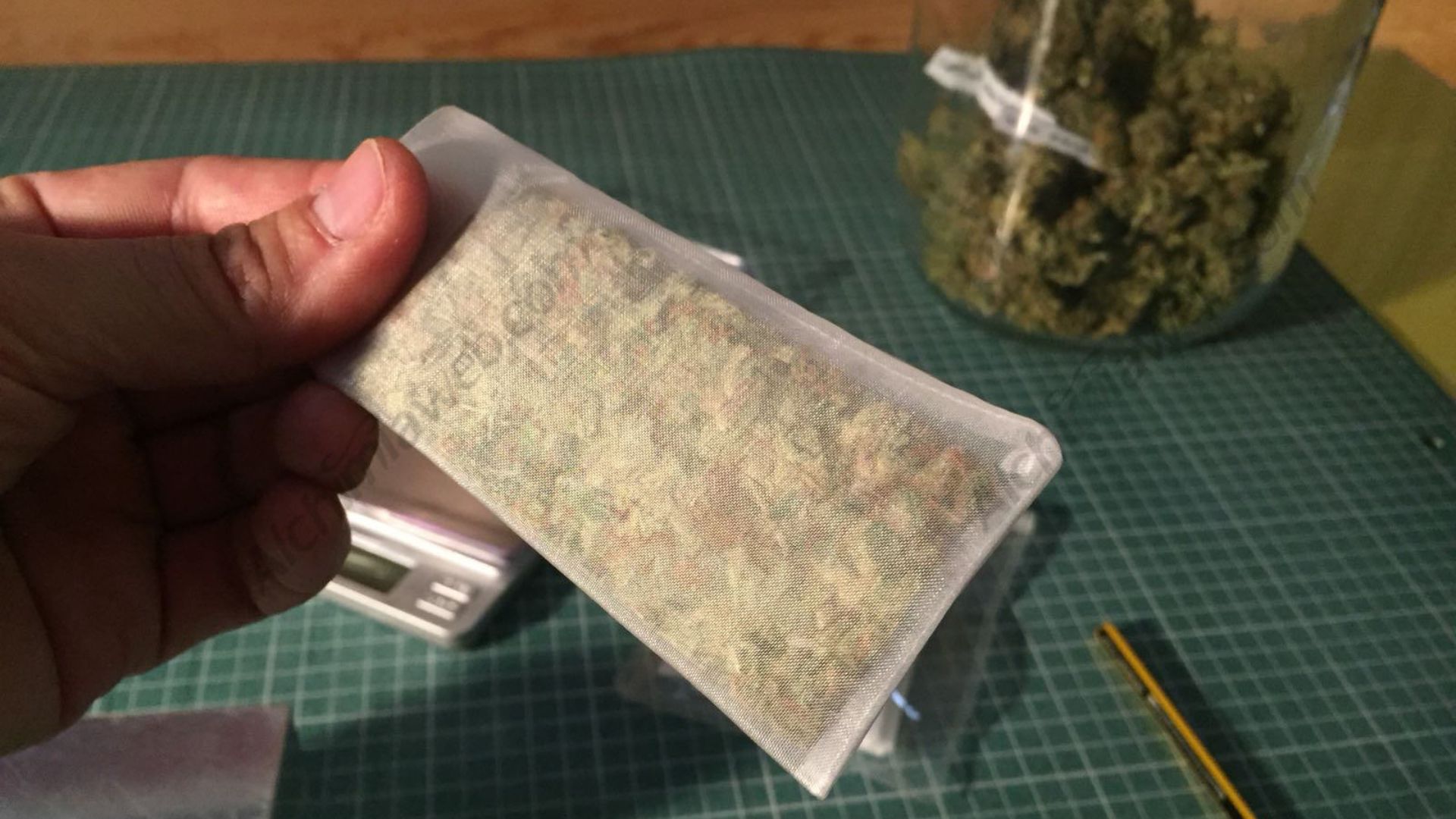

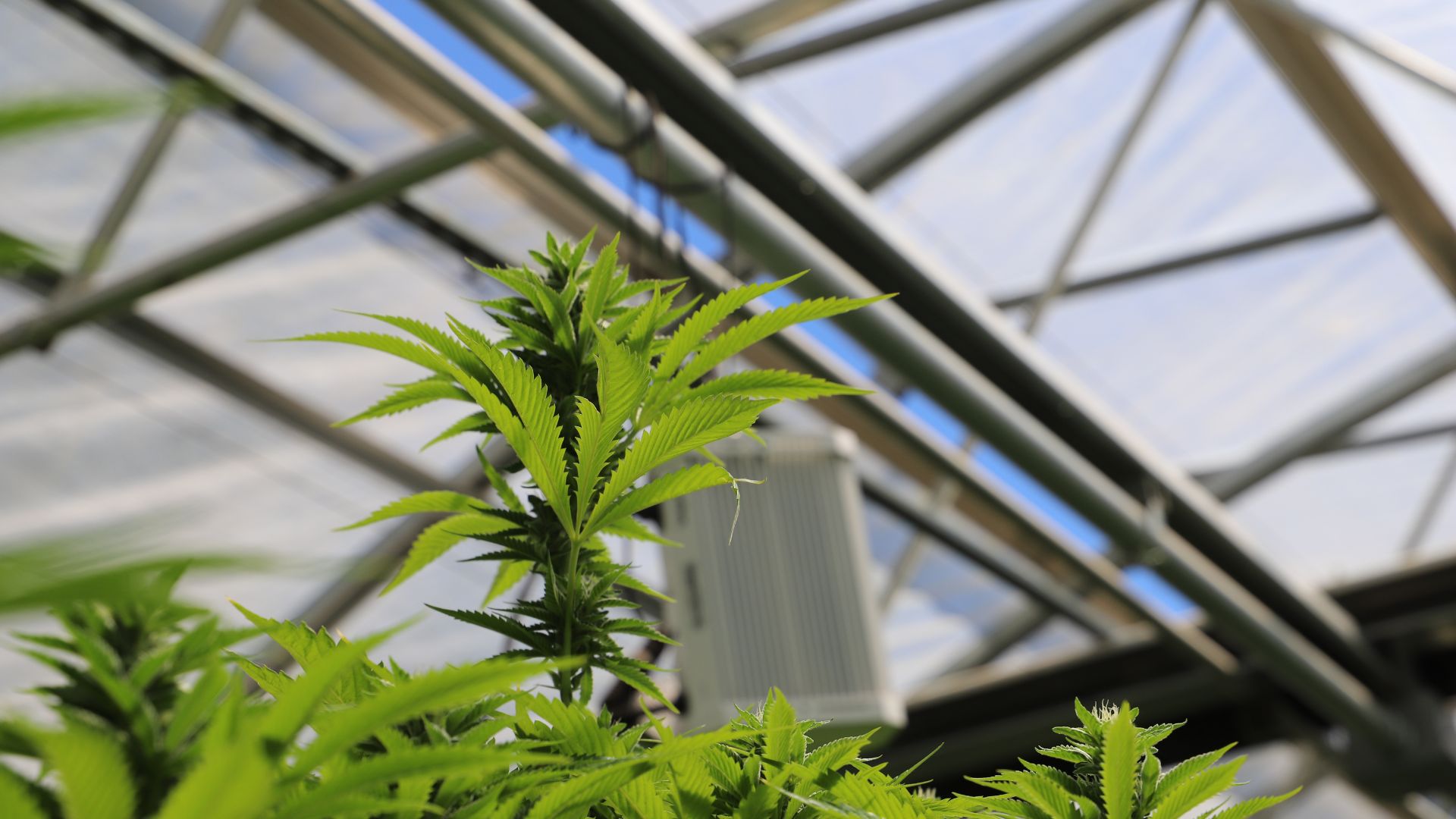
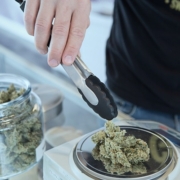
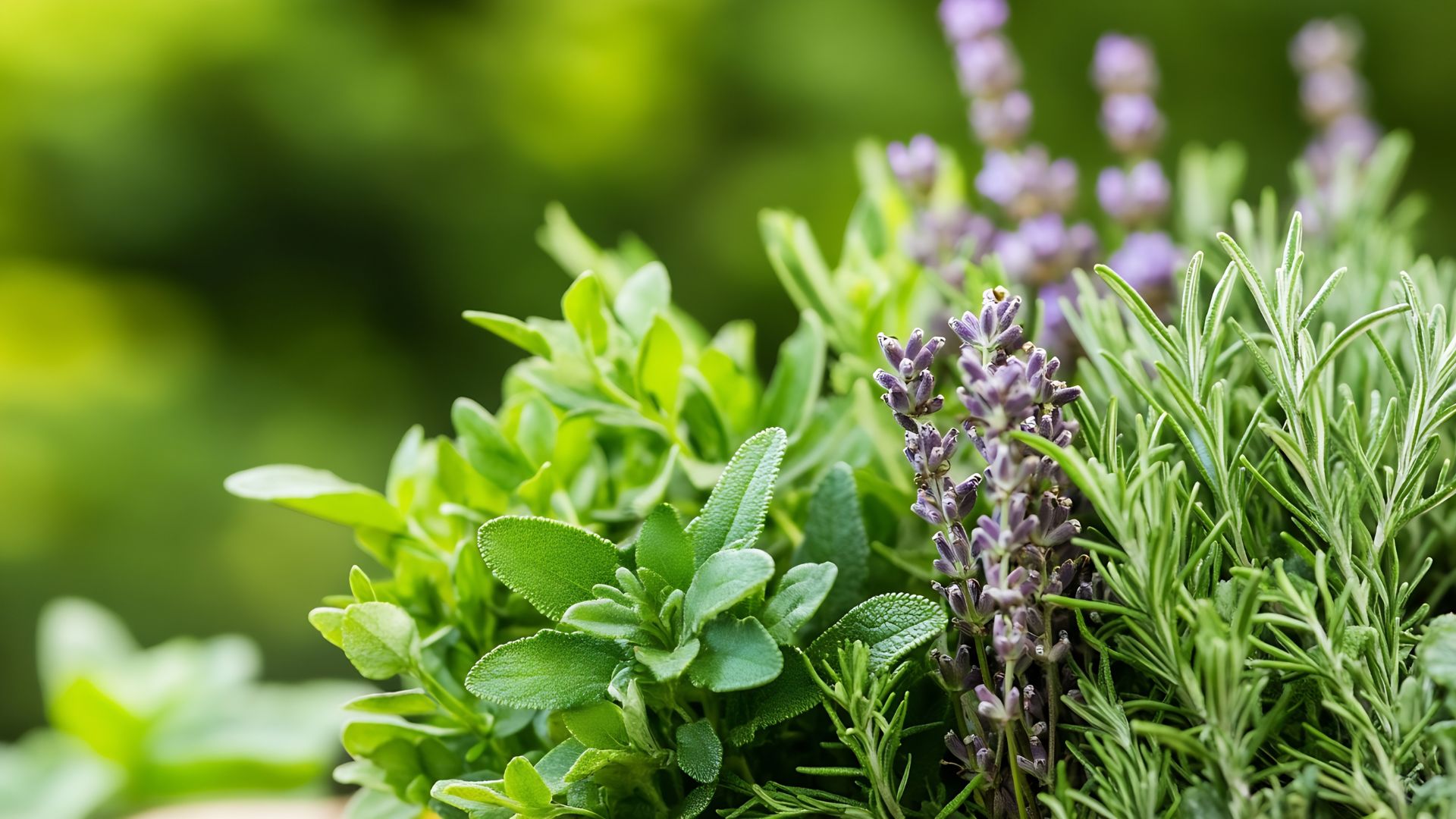
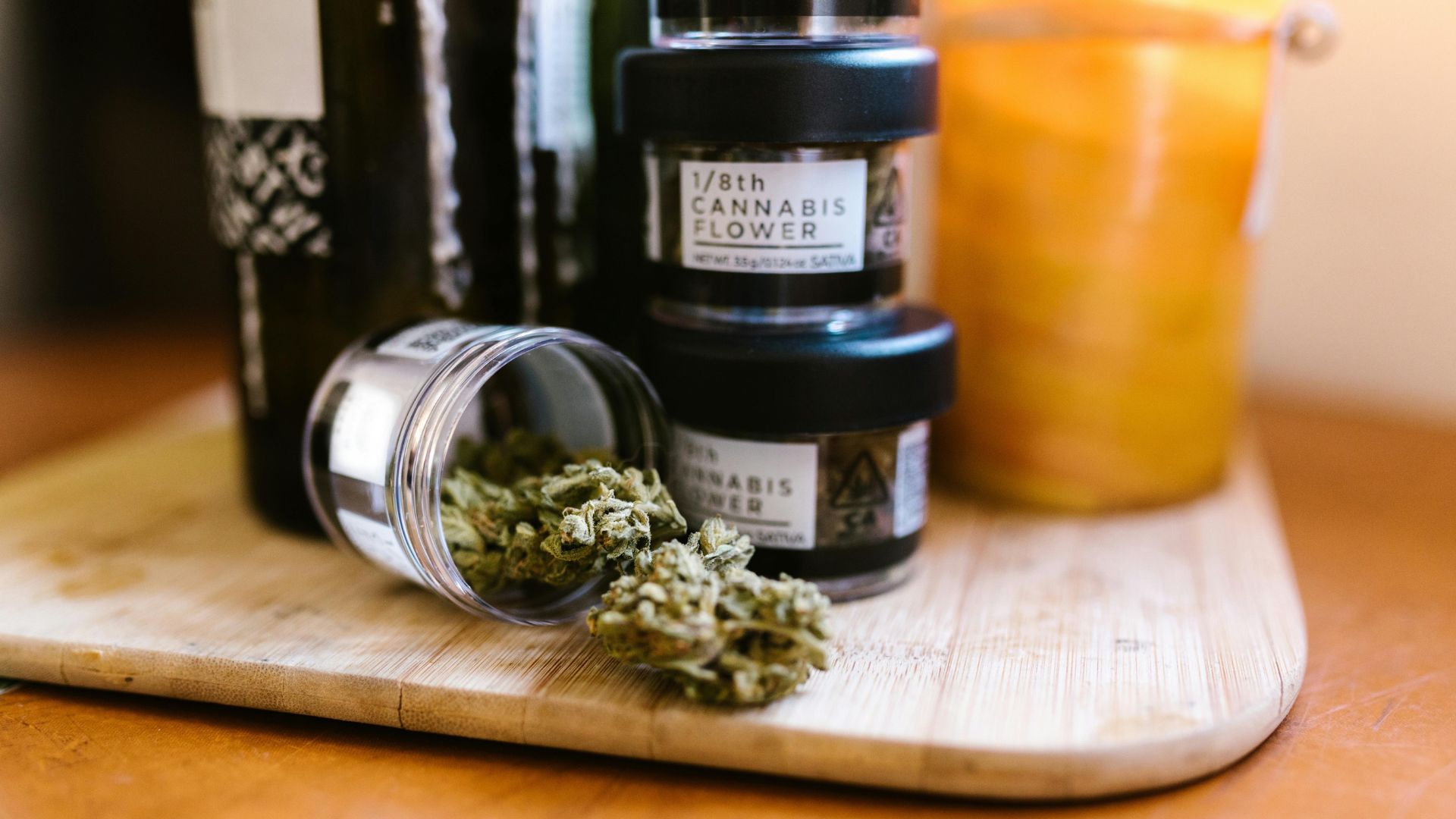
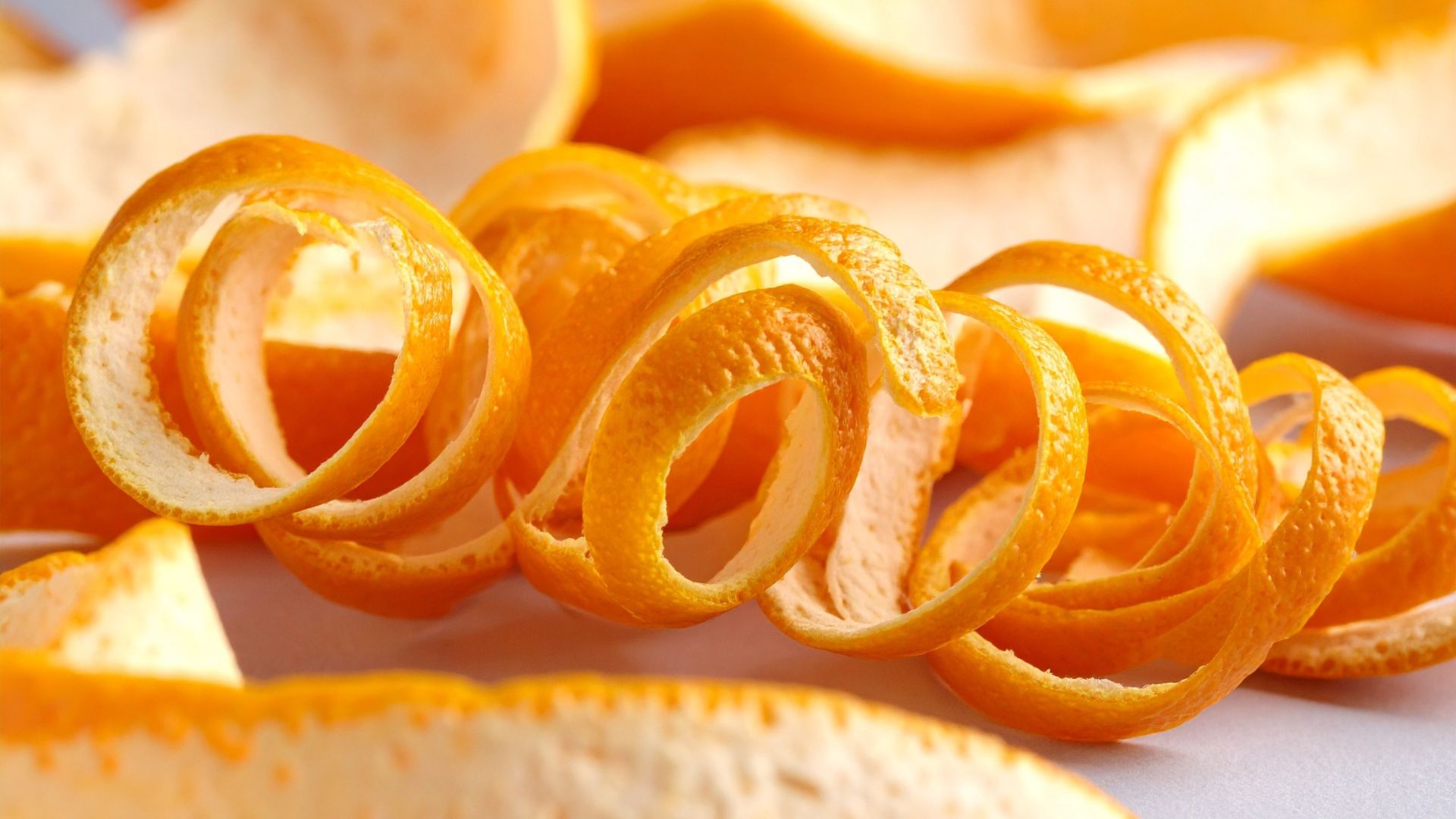

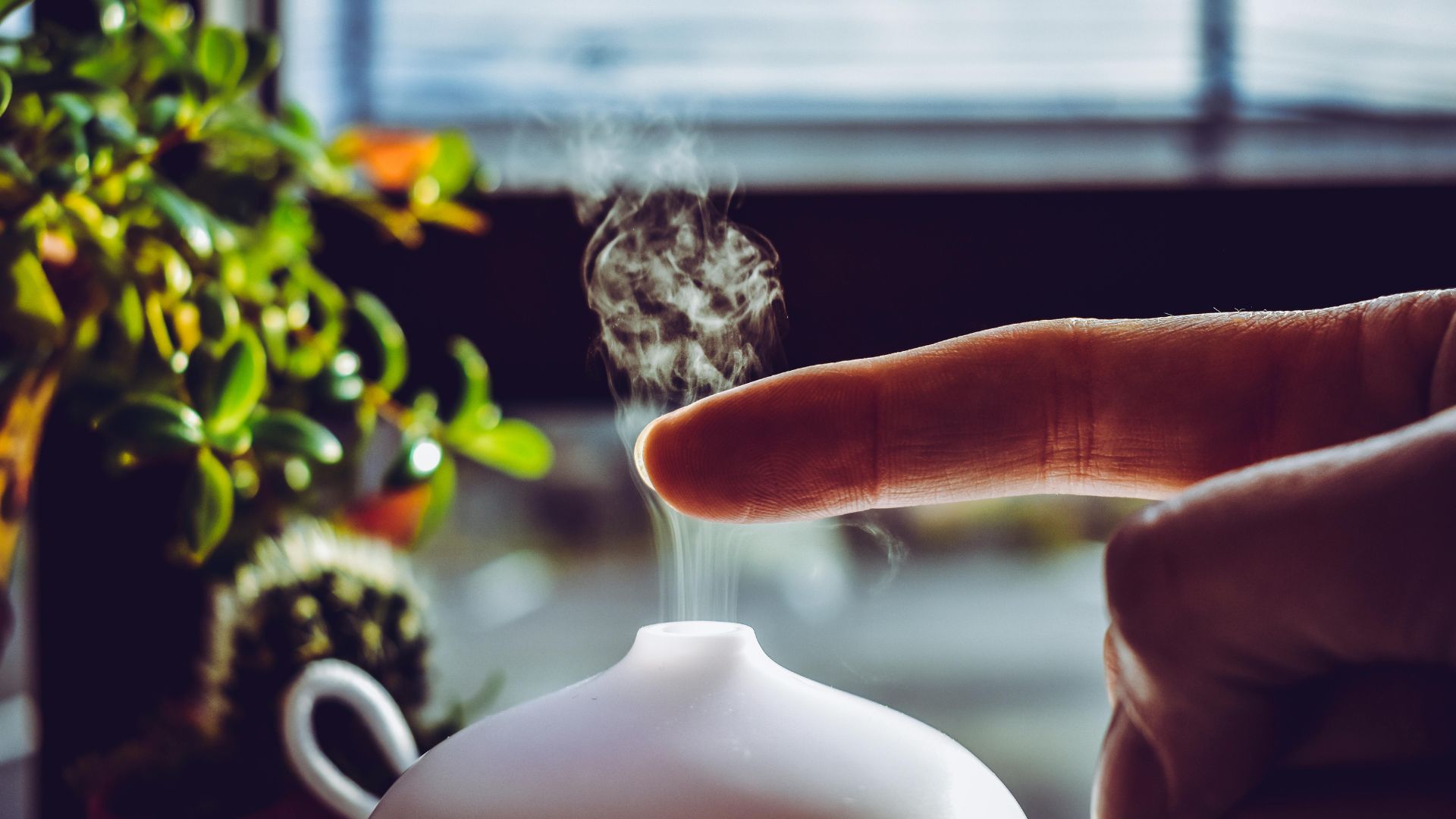
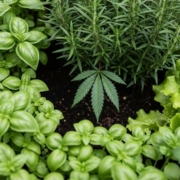


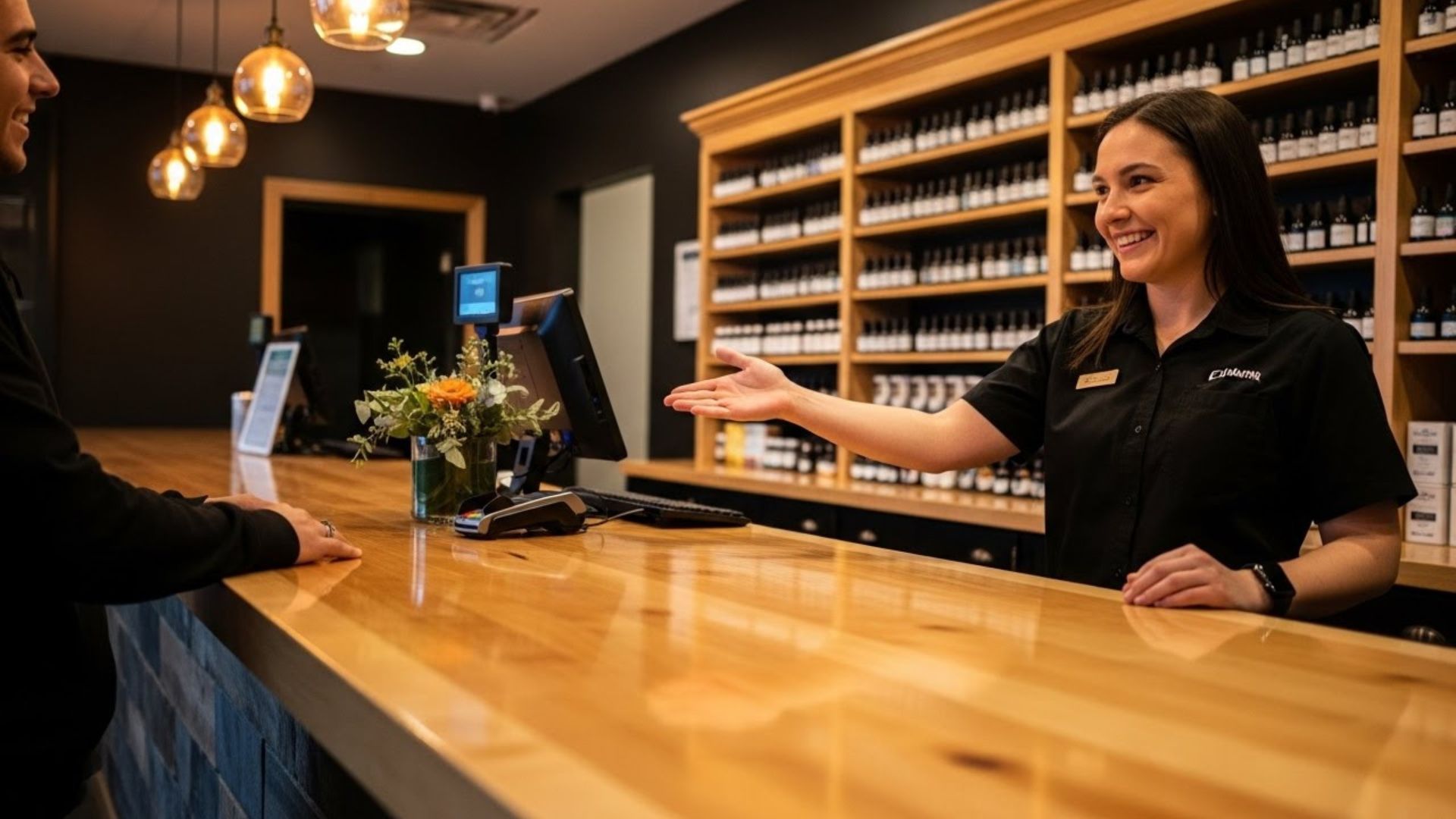


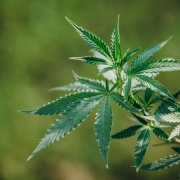
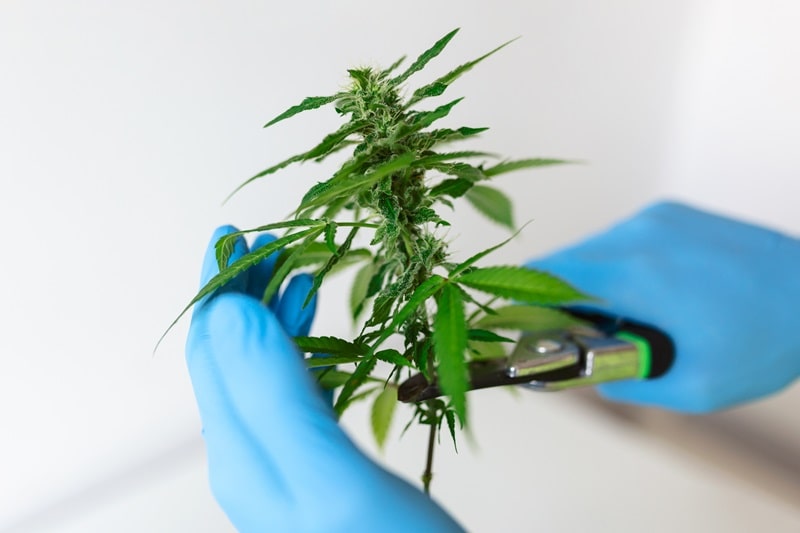
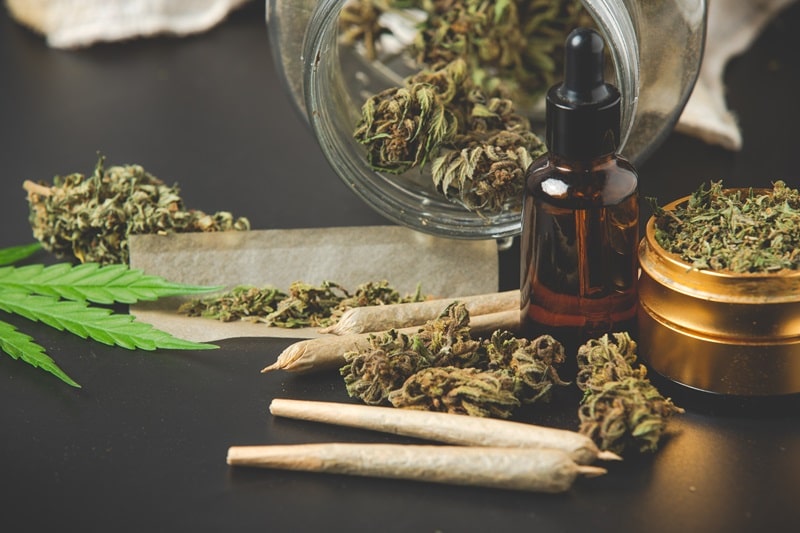

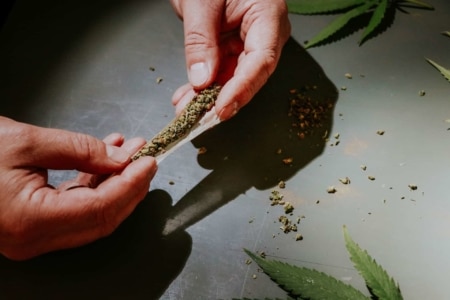
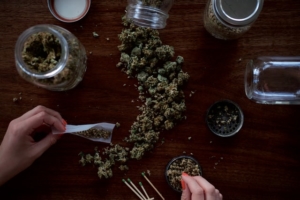 The next step of rolling the perfect blunt is getting your wrap ready. You can use a cigarillo, grab some empty wraps from your local marijuana store, or use whatever other materials you prefer.
The next step of rolling the perfect blunt is getting your wrap ready. You can use a cigarillo, grab some empty wraps from your local marijuana store, or use whatever other materials you prefer.